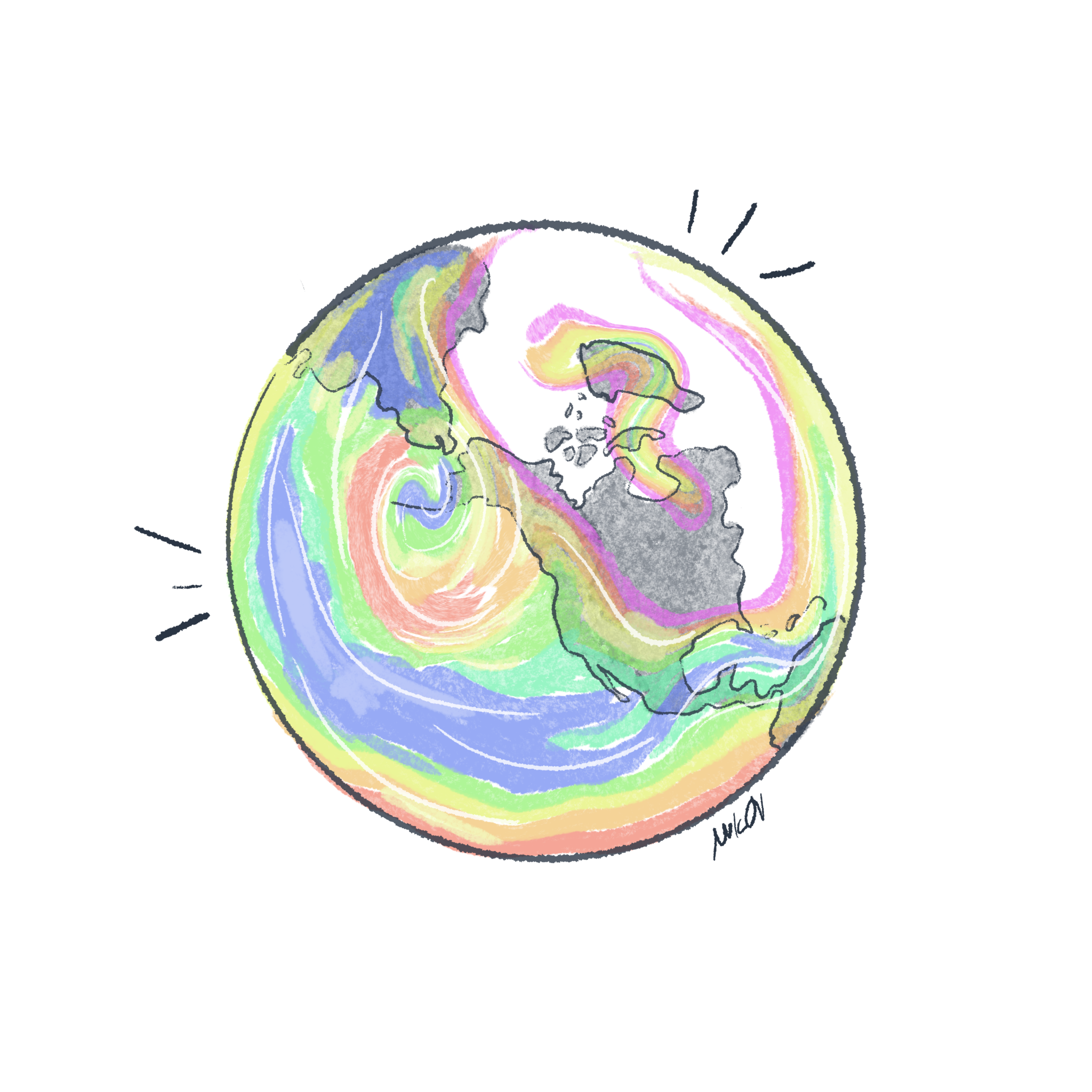Professors research carbon capture and renewable energy through Planetary Solutions Project
Researchers share current initiatives aligned with the Project’s mission.

Mark Cheung
More than a year after its establishment, Yale’s Planetary Solutions Project hopes to leverage the University’s research and teaching to help Yale realize its goal of zero actual carbon emissions by 2050.
In Dec. 2020, Yale announced its Planetary Solutions Project, with a University-wide symposium that took place in the same month. The Project aims to connect various academic departments at the University; connect the University with other research centers and translate scientific, engineering and economic knowledge into practical and effective policies. The Planetary Solutions Project has not released specific goals, nor has it released any reports on the status of its aim to “expand research and teaching … to develop solutions that match the scale and complexity of the climate crisis.” But several centers and researchers affiliated with the Project spoke to how they see their research aligning with it.
“This is about big ideas,” Yale Provost Scott Strobel said during the December 2020 symposium that coincided with the announcement of the project. “Big ideas related to big problems for which we’re still trying to define the parameters. Big problems that need solutions. I’m convinced that in order to do this, we need to bring the full weight, breadth and attention of the entire university to bear on these problems.”
In March 2021, the Project announced a $100 million gift from FedEx to establish the Center for Natural Carbon Capture in order to develop natural solutions for reducing atmospheric carbon. In January 2022, the Project announced a $15 million Climate Impact Innovation Fund to support Yale faculty’s early-stage research on solutions related to climate change, environmental health, biodiversity loss and environmental justice. The Project has not yet announced who will receive this funding for innovative research.
Specifically, the Planetary Solutions Project identified the need for Yale to contribute to negative emissions through carbon capture and storage programs.
Yuan Yao, an assistant professor of industrial ecology and sustainable systems at the Yale School of the Environment, has been working on models to compare the efficiency, economic feasibility and environmental impacts of different carbon removal strategies. The particular carbon capture solutions she has been investigating use wood materials and biomass.
“Such quantification is very important for scaling up these strategies in environmentally beneficial and economically attractive ways,” Yao wrote in an email to the News.
The Planetary Solutions Project also considers research into methods to capture, convert and store renewable energy.
Kenneth Gillingham, a professor of economics at the Yale School of the Environment, studies the benefits of new energy technologies and what it would take to accelerate their adoption. He said that he is also “keenly interested in ways to equitably distribute the benefits of the energy transition,” which takes the form of expanding solar energy to low-and-moderate income households, as well as researching the health effects of fossil fuel generation on marginalized populations.
The Project website further identifies challenges involved in the transition to renewable energy, including the adverse health and environmental effects of mining lithium for batteries. Thomas Graedel, a professor emeritus of industrial ecology and chemical engineering at the School of the Environment, suggested that “a close look at cadmium telluride [rather than lithium] for solar energy [would be] a smart thing to do.” Cadmium is a byproduct of zinc production, which is a major industrial metal that is regularly mined for a variety of uses.
The Planetary Solutions Project framework also includes the loss of biological diversity as a climate-change-related problem that it hopes to fix through a “two-pronged approach.” This approach consists of, first, developing ways to understand how land-use change and global warming impact species and ecosystems and, second, developing more effective policies to sustainably manage ecosystems.
The Yale Center for Biodiversity and Global Change oversees research and training that address the local and global patterns of biodiversity change and support the development of knowledge and data-driven tools to guide conservation solutions, according to Walter Jetz, a professor of ecology and evolutionary biology and of forestry and environmental studies. In particular, Jetz helped direct the Map of Life, which is a platform that maps and monitors the world’s species and is used by countries across the world.
“The Yale Center for Earth Observation’s mission aligns with Yale Planetary Solutions Project’s mission,” Tarek Kandakji, the manager of the Center, wrote in an email to the News. “As the natural environment of Earth is rapidly degrading, the need for Earth observation is becoming more vital.”
Kandakji noted that the Center’s lab is available for all Yale students, faculty and staff who need to process or analyze satellite images as a part of their research. Such satellite images can be used to “monitor land change over time, monitor urban heat and greenness, assess climate change causes and impacts [and] evaluate the access to health care systems,” Kandakji wrote.
The Center offers tutorials and workshops on satellite image analysis, and works specifically with students in “EPS 362: Observing Earth from Space” and “ENV 704: Workshop on Remote Sensing and Photogrammetry with Drones” so they can use the Center’s computers.
“With the expertise we have at Yale, we have a responsibility to drive breakthroughs,” Strobel told YaleNews last June. “Meeting the challenges of the climate crisis requires that we develop global solutions through scholarship, research and collaboration, and lead by the example of our principles and our work.”
The Planetary Solutions Project has 16 affiliated centers, six affiliated initiatives, 13 affiliated programs, four affiliated institutes and five affiliated laboratories.







